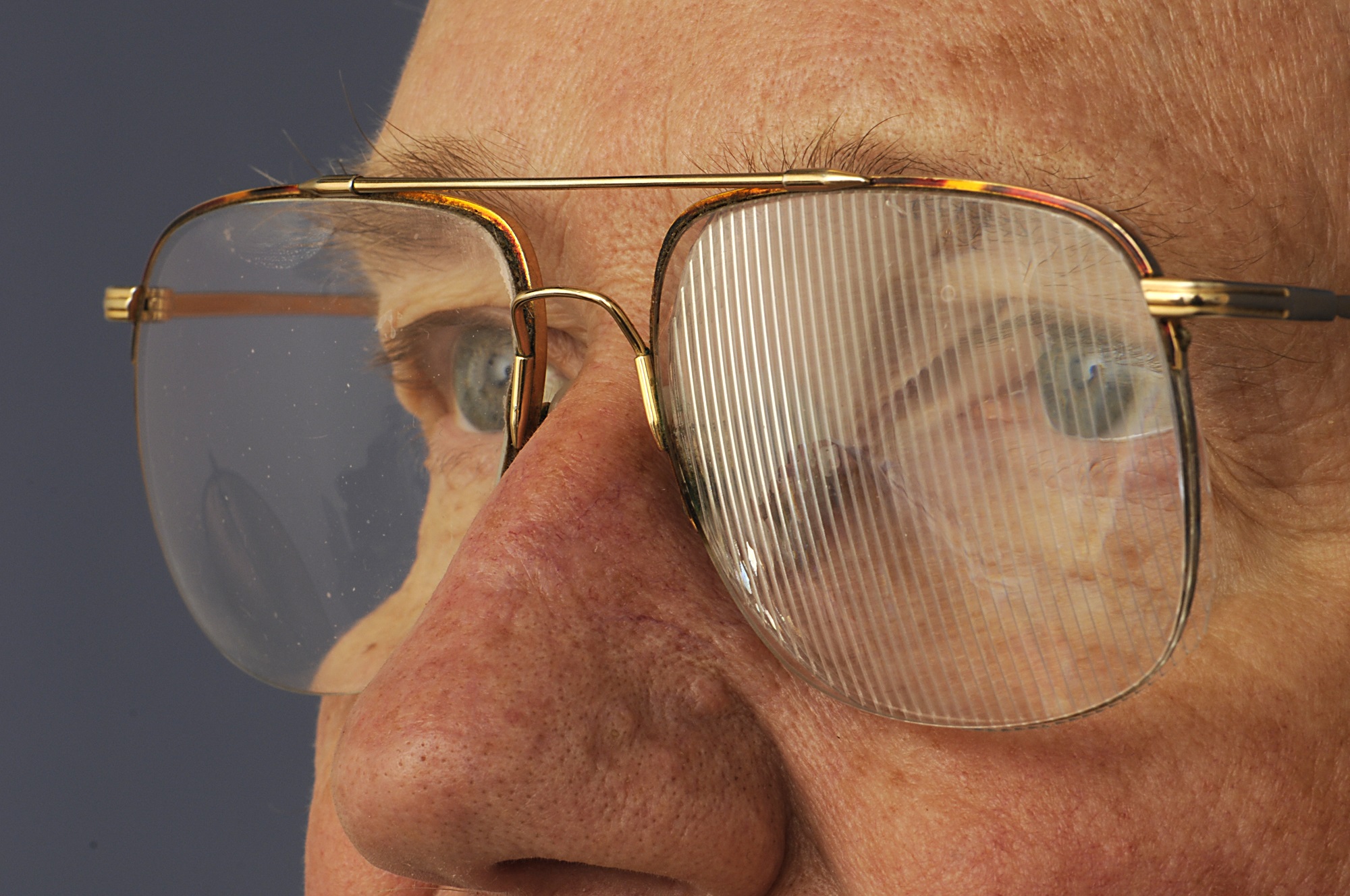Skew Deviation
- Vertical ocular misalignment as part of an inappropriate ocular tilt reaction
- Produced by a lesion in the pathway that connects the inner ear (utricle/saccule) to the midbrain generators of torsional eye movements
- Common causes: brainstem or cerebellar stroke, hemorrhage, tumor, demyelination
- Uncommon causes: acute peripheral vestibulopathy (labyrinthitis/neuronitis), head trauma, neurodegenerative/infectious/ toxic/metabolic disorders
-
Core clinical features
- Vertical diplopia (or blurred vision if the vertical misalignment is small)
- Vertical misalignment that may be of small degree in all gaze positions (“comitant”) or of different degrees (“incomitant”)
- Vertical misalignment that may show a right hypertropia in right gaze and a left hypertropia in left gaze (“alternating skew deviation”)
- Vertical misalignment that may rarely be intermittent (“paroxysmal skew deviation”)
-
Trap: the vertical misalignment may be so small that it escapes detection with the Cover Test, but you can often detect it with the Single Maddox Rod test
-
Tip: the vertical misalignment pattern differs from that of fourth nerve palsy in not obeying the “three-step test” and lacking excyclodeviation in the higher eye (See Isolated Fourth Nerve Palsy )
-
Possible accompanying neurologic features
- Saccadic pursuit
- Gaze paresis
- Nystagmus
- Internuclear ophthalmoplegia
- Ataxia
-
Imaging features
- MRI may or may not show the responsible lesion, which can be very small or very large


- Third nerve palsy
- Fourth nerve palsy
- Myasthenia gravis
- Orbital inflammation, trauma, tumor
- Look for saccadic pursuit, nystagmus, saccadic intrusions, and ataxia as defining accompaniments
-
Tip: if you do not find these accompaniments, question the diagnosis of skew deviation
-
Tip: skew deviation is unusual in peripheral vestibulopathy, so finding it--especially in combination with direction-changing horizontal nystagmus and a negative head impulse test--is strong evidence for a brainstem/cerebellar event (HINTS algorithm: “head impulse test negative, nystagmus, test of skew”)
-
Tip: Use the Single Maddox Rod Test to detect small vertical misalignments, especially when nystagmus or saccadic intrusions obscure fixational eye movements
- Exclude a misalignment pattern that obeys the “three-step test,” which favors a diagnosis of fourth nerve palsy
- Exclude torsional misalignment with the Double Maddox Rod Test, which favors a diagnosis of fourth nerve palsy
-
Tip: torsional misalignment is uncommon in skew deviation; when rarely present, the higher eye is incyclodeviated rather than excyclodeviated as it is in fourth nerve palsy
- Order brain MRI if you suspect skew deviation
